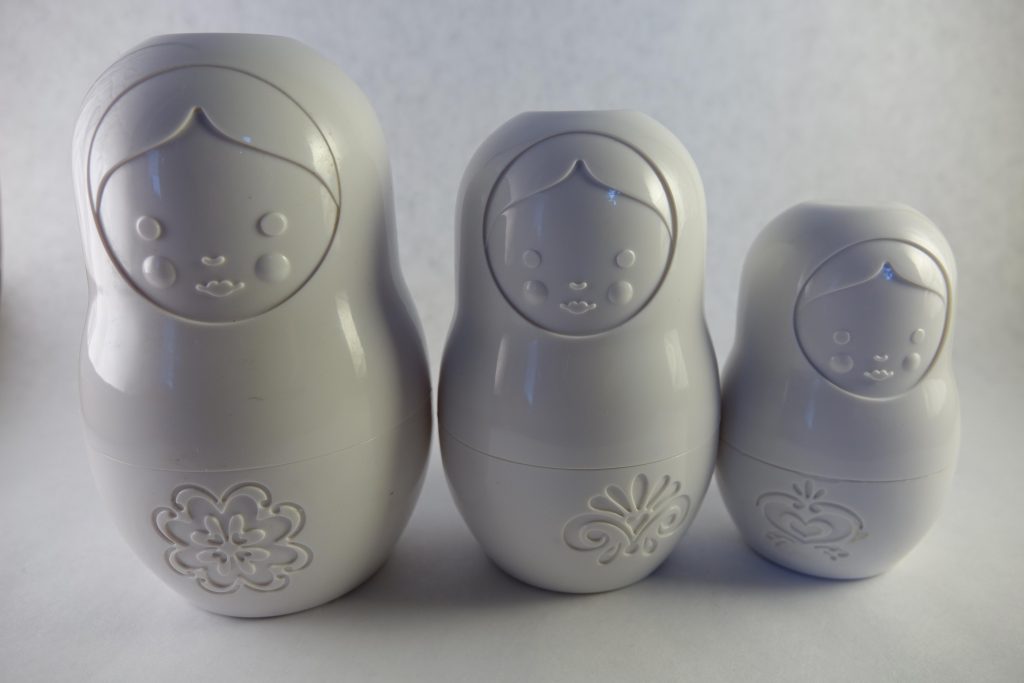
If you’ve ever read an interview with an agent or editor, and someone asks “what are you looking for?” you’ll notice they often say things like “we’re always looking for a good story” or “I want to see more stories like (whatever’s popular).”
They may say they want something new and groundbreaking, but the form rejection letters you’re getting seem to belie that point.
So what is it they want?
To put it bluntly: they’re looking for stuff that sells. That’s their job, after all. As much as they may love literature, they’re not in this for art.
Your goal as an author: give them something sellable and different.
That’s the trick, isn’t it?
What makes a novel sellable? There isn’t a defined formula. It’s more alchemy than physics. That said, there are a few tips and tricks that you need to be aware of to at least get your foot in the door.
The same… but different.
You’ve probably heard this old chestnut, too. “Publishers are looking for the same… but different.”
What the heck does that mean?
Is it just the usual double-speak, so editors don’t have to say “listen, I have no idea what I want, but I’ll know it when I see it?”
Is it an agent’s dodge?
Actually, no. At least, not exactly.
The same: GENRE.
Knowing what genre you’re writing in is an enormous step towards making your novel sellable. Why? Because categories help readers find authors. They also establish reader expectations.
If you’re writing a mystery, there had better be a dead body or two in there and a puzzle to solve.
If you’re writing a romance, there had better be a love story with a happy ending. Even if it’s only happy-for-now.
If you’re writing science fiction, but it takes place on present day earth with no extra-terrestrials, no strange or supernatural phenomenon, and not a lot of sci-fi accoutrement… well. You get the idea.
If you’re writing a Western, but it takes place in Paris? Good luck with that.
The different: VOICE.
Voice is what you bring to the table.
It’s when you take the established reader expectations of genre, and bring your own spin to the story.
This can either be through your writing style, or through your interpretation of how to build the story itself.
For example, think of the thousands of different re-tellings of the Cinderella story. Or Romeo and Juliet. There are a million variations… as Shakespeare says, there’s nothing new under the sun.
If you think of some of the most unique reads out there, you can break it down into expected elements and then identify the twist.
Example #1: romance.
One of my favorite reads last year was Red, White, and Royal Blue by Casey McQuiston. It’s a classic romance, in a lot of ways: uses the enemies to lovers trope, has royalty, has a happy ending. The twist? The son of the President of the United States falls in love… with the Prince of Wales. (It is adorable. I highly recommend it.) The writing is fresh, the dialogue and description pop, the characters are well delineated and unique. It’s the same, but different.
Example #2: mystery.
Nothing exemplifies “the same, but different” as well as cozy mysteries. They literally follow the same playbook, over and over. Sleuth is established, crime is committed, suspects are lined up. Another body may enter the mix, usually a primary suspect cleared off the board. All evidence is presented for reader delectation. Sleuth then reveals the solution, and justice is served.
If you haven’t watched the movie Knives Out, it is a masterclass in mystery construction, with a few true twists (as well as an absolutely banana-pants set of characters.) To talk too much about the plot would be to spoil it, and it’s truly something that shouldn’t be spoiled. But it turns the genre on its head. There’s murder, there are suspects, there’s a “gentleman sleuth” that is so scenery-chewing over-the-top he’s hilarious, there are tweaks and winks and callbacks to the mystery genre itself. Best of all, every single detail that is referenced in terms of mystery is tied up by the end, no simple red herrings or throwaway clues. It is the same, but very, very different.
What about cross-genre?
Ah, cross-genre. The problem with cross-genre is determining who it would most appeal to, and how to sell it. Saying that something will “appeal to a variety of audiences” doesn’t actually mean it’s so. You’re going to have to work twice as hard to get it seamless, so it fulfills the expectations of more than one genre.
What if I don’t know my story’s genre?
Admittedly, it’s easier to come up with a “same but different” story in the premise stage, building it right into the foundation. But what if you’ve written a story of your heart, and now you’re trying to think of how to market it?
As it happens, I’ve written an ebook on this whole subject, Genre & Voice. If you’re truly stuck, this should help you narrow things down.
Once you’ve got that pinned down, it will be easier to categorize, especially if you’re pursuing traditional publishing. It will also make it easier to find comparable titles.
Keep the faith.
It’s easy to get demoralized by the ambiguity in our business. Whether something is “too similar” or “too divergent” is going to be a judgment call on the part of both readers and publishing professionals. The trick is to keep moving, keep striving – and keep writing.
